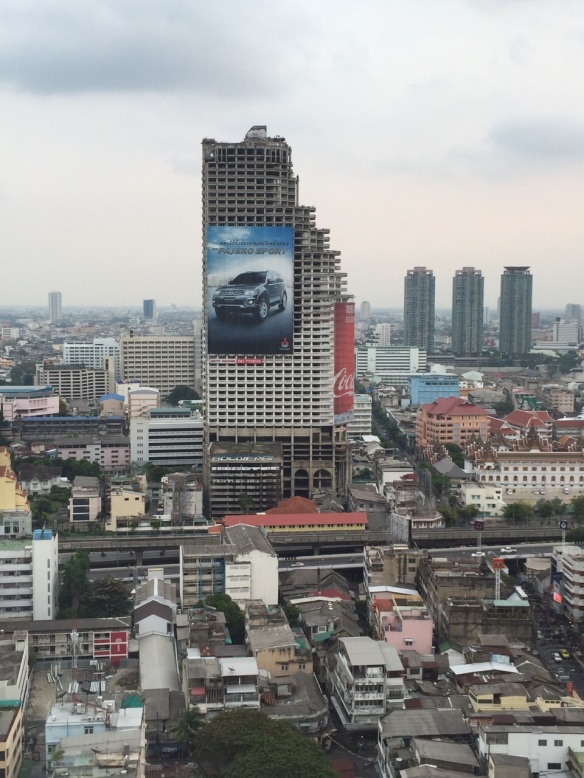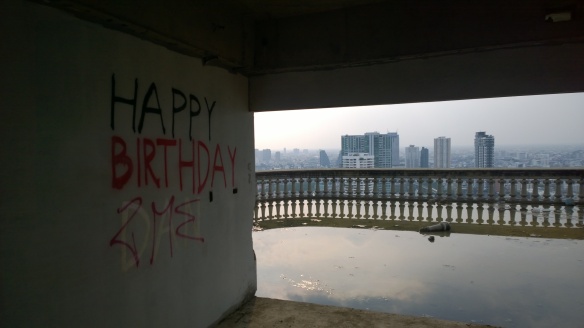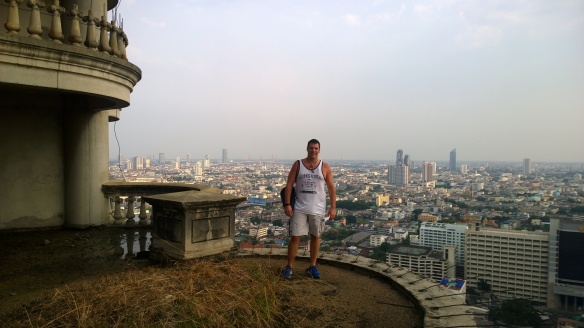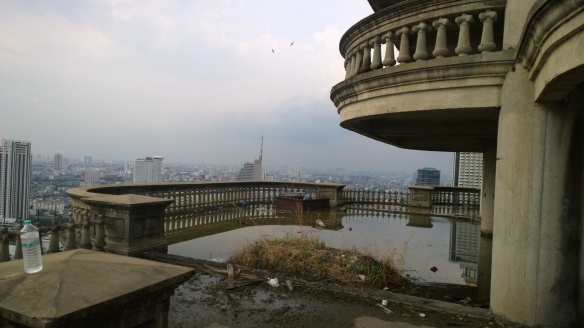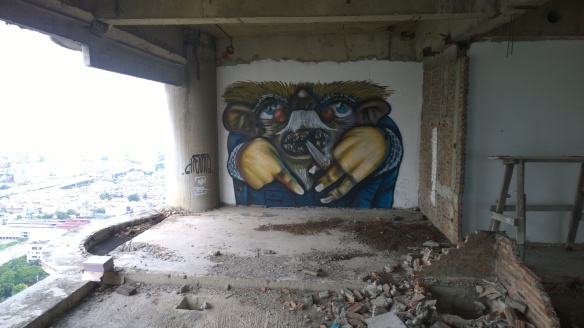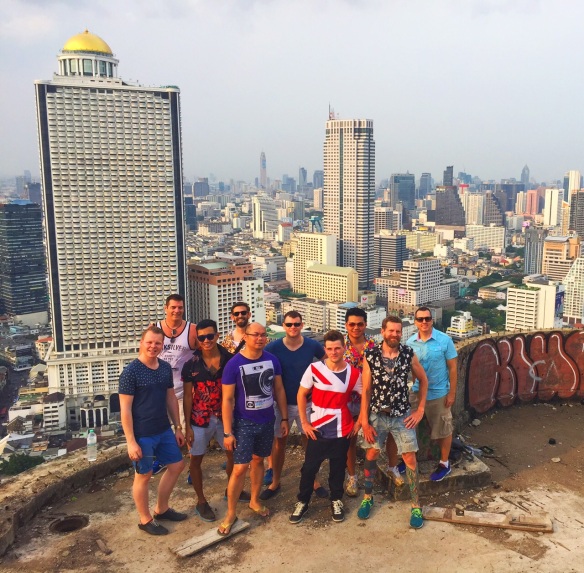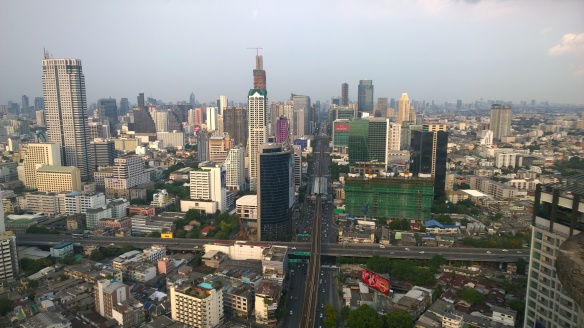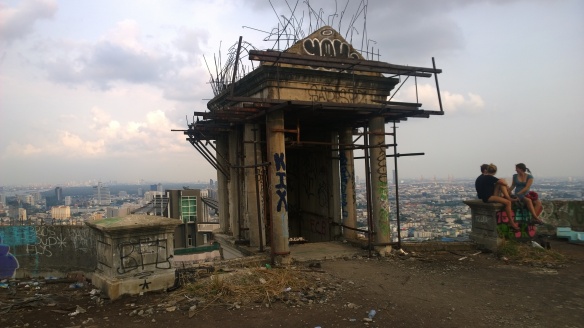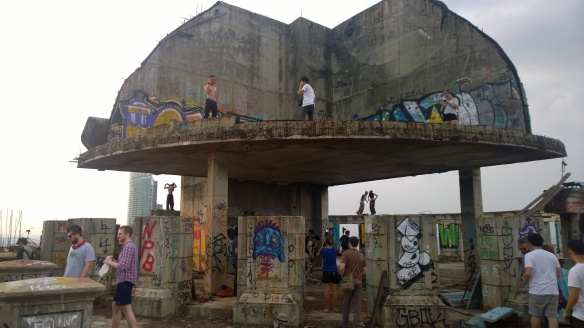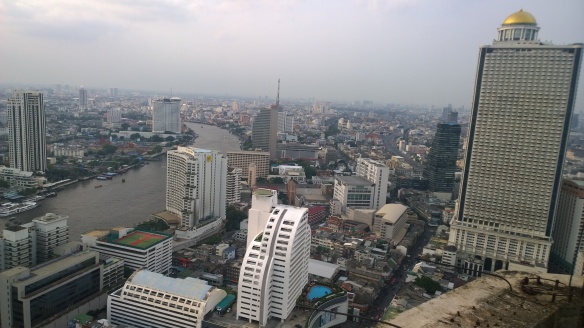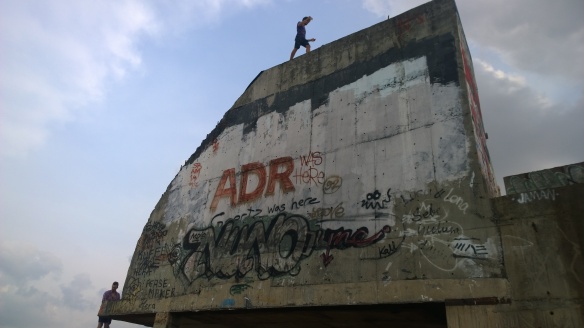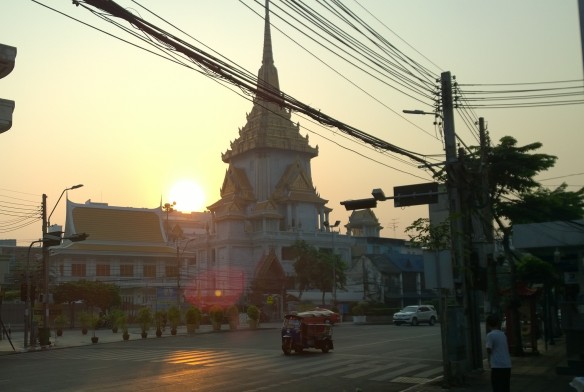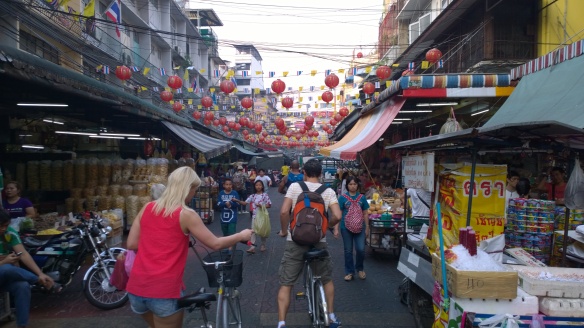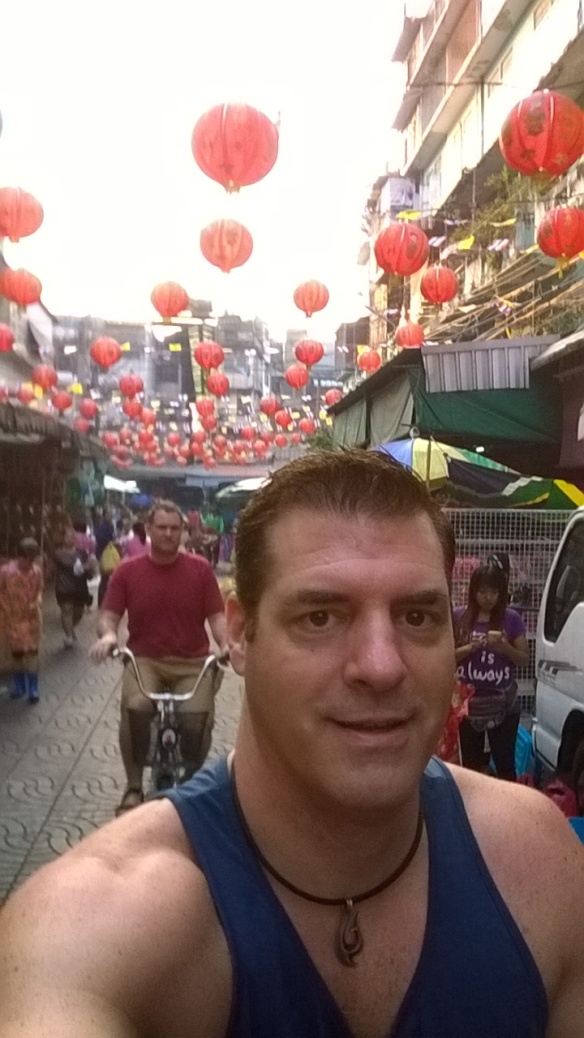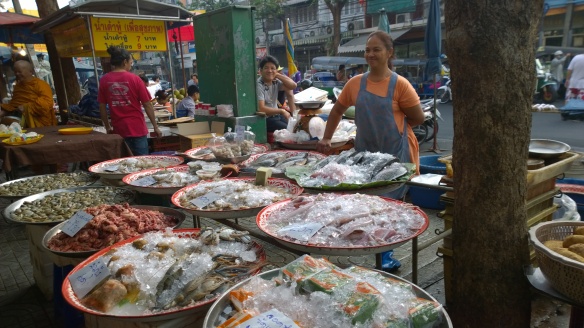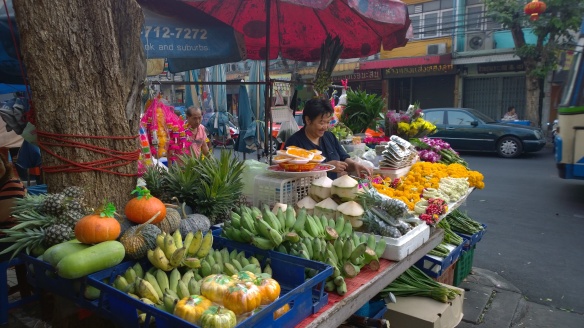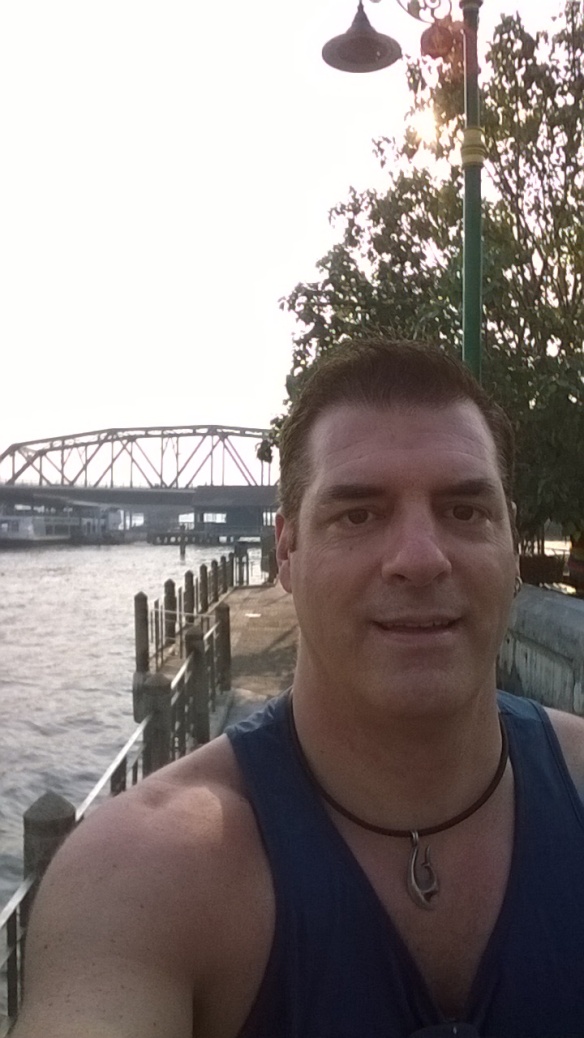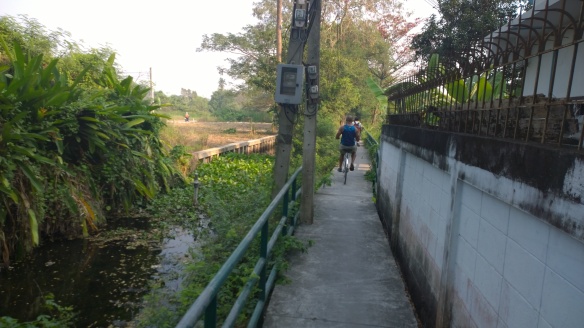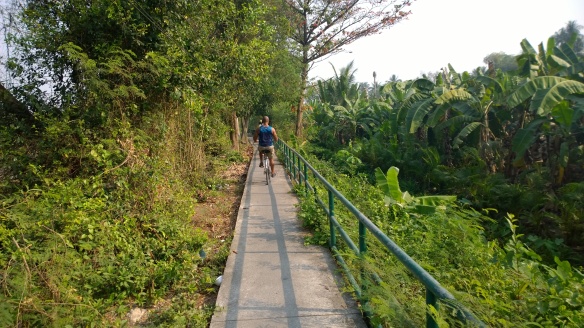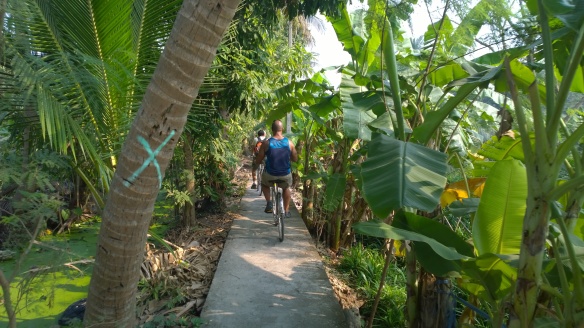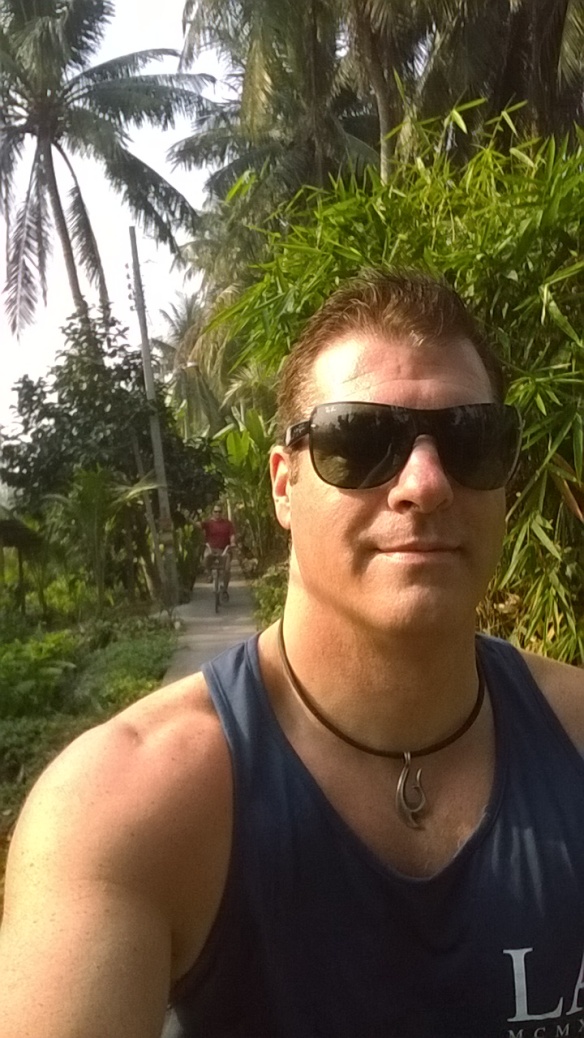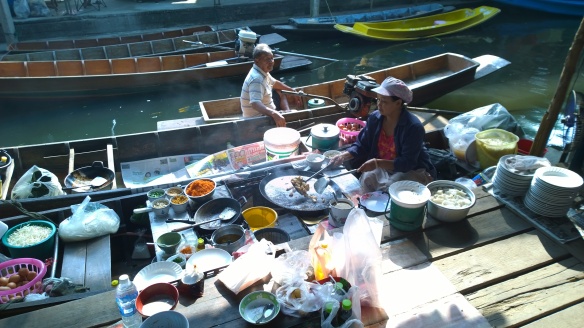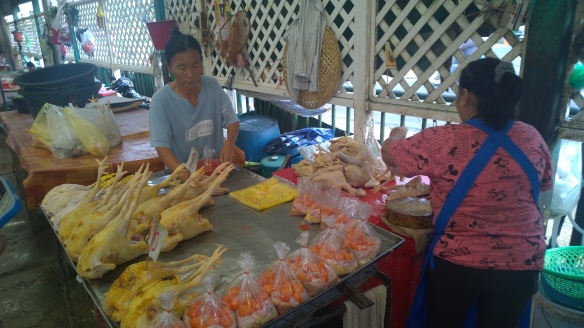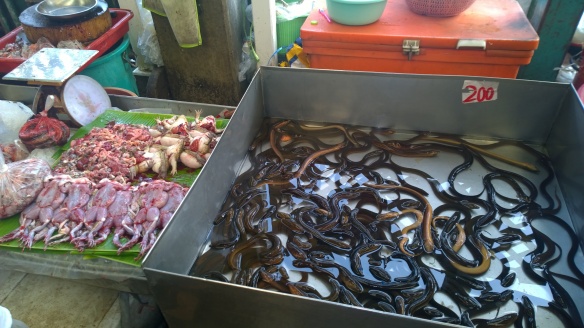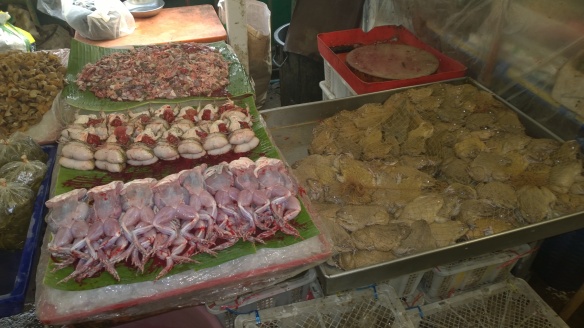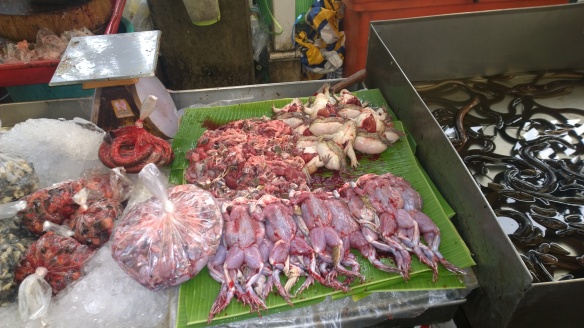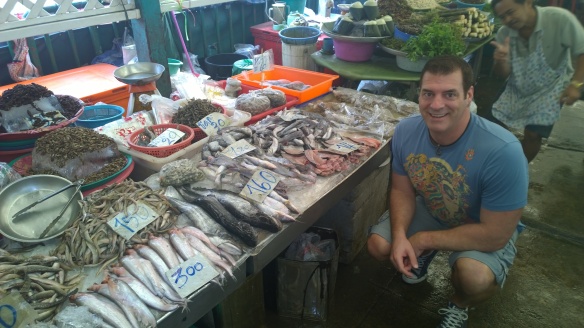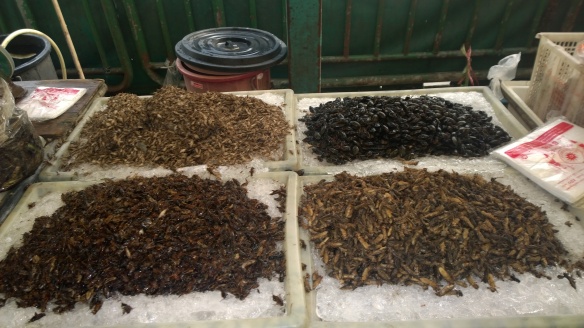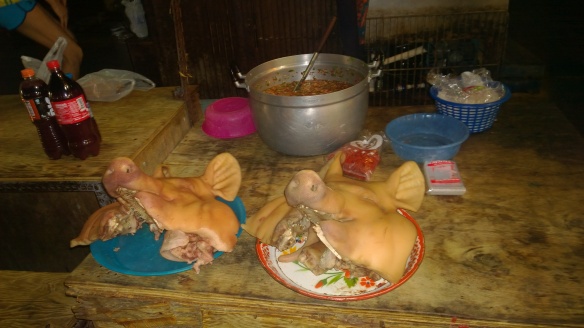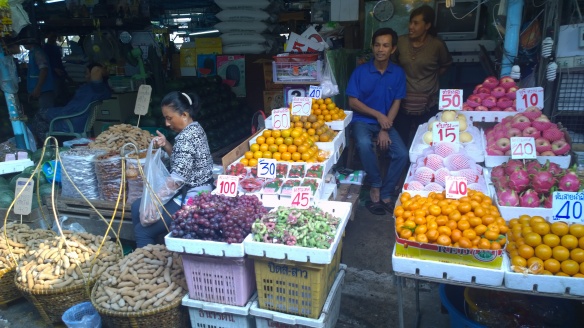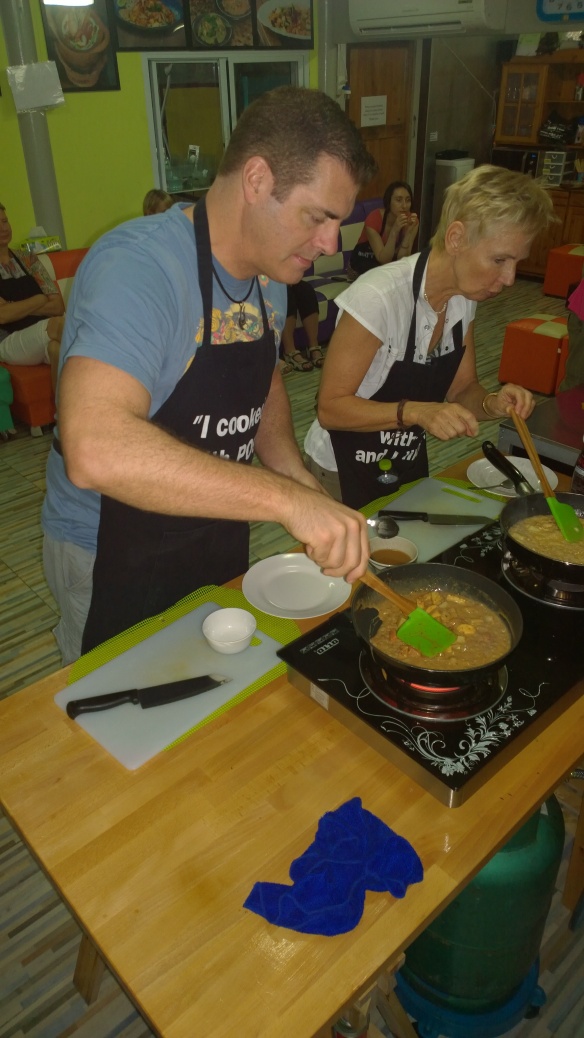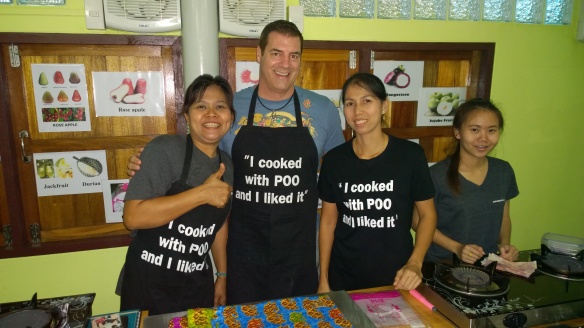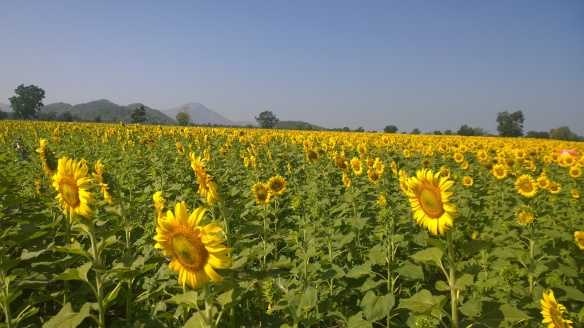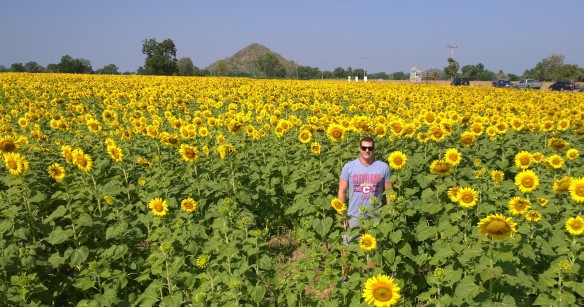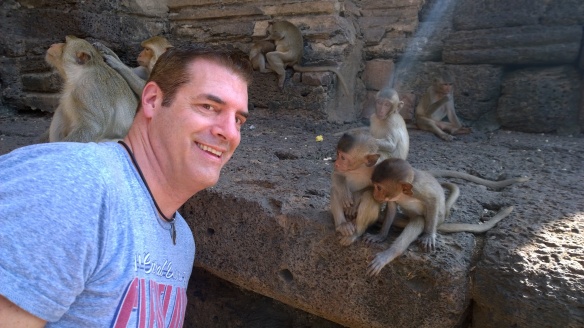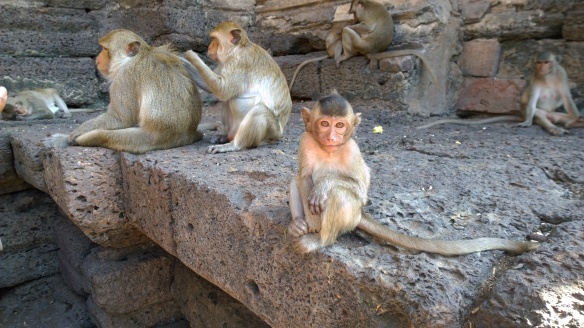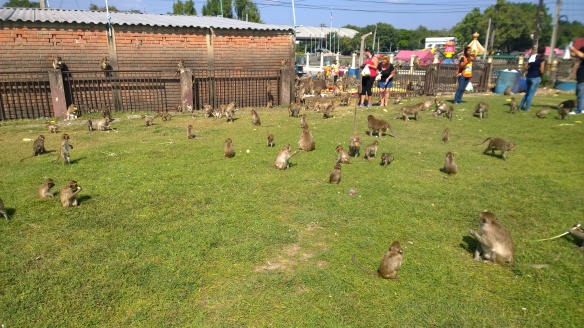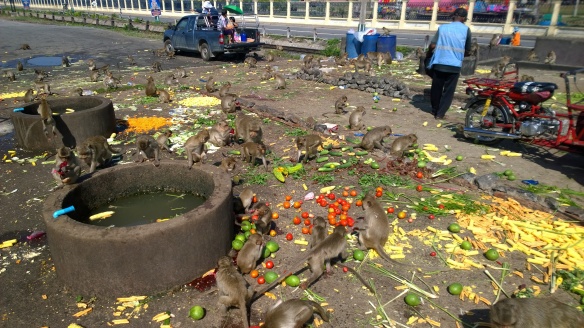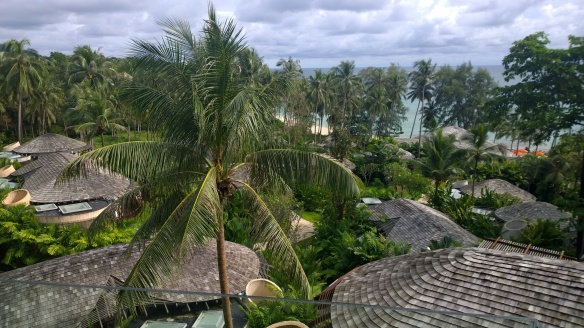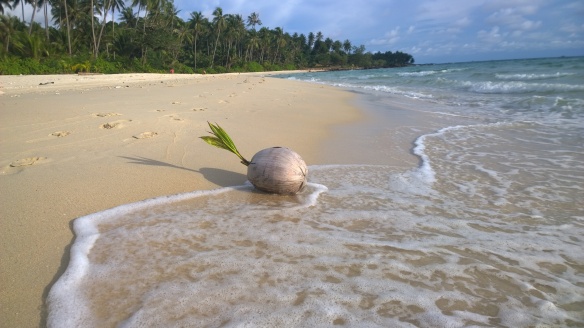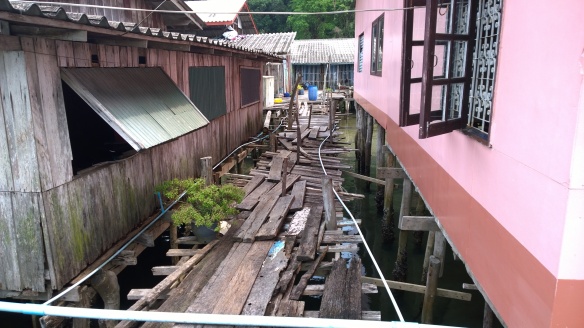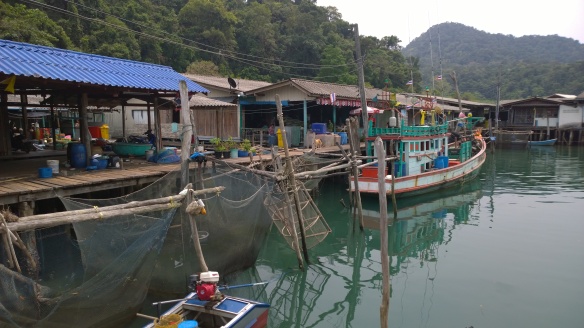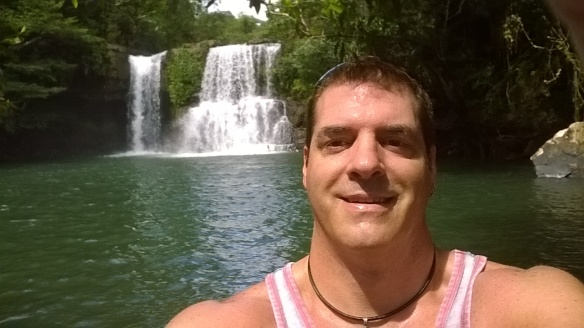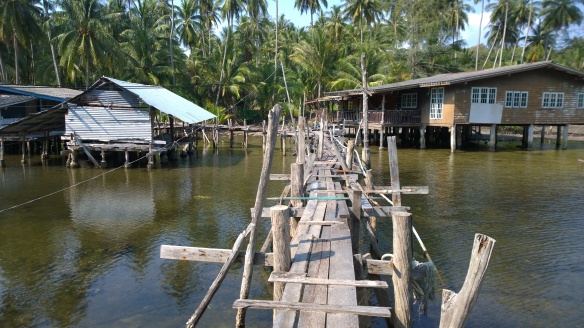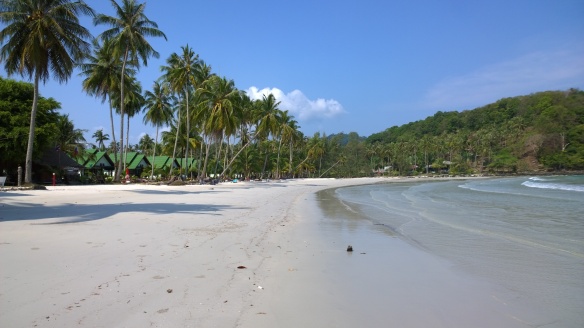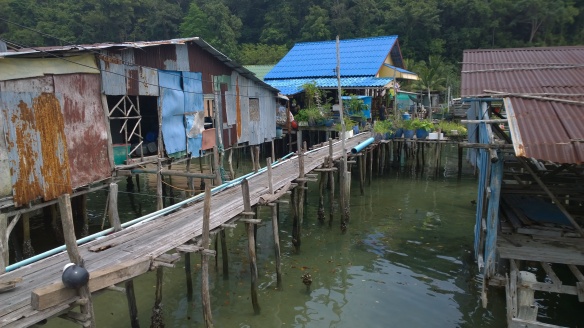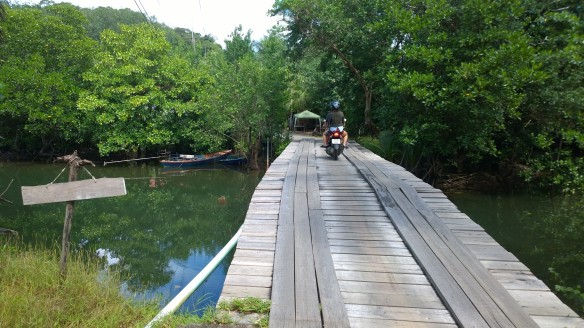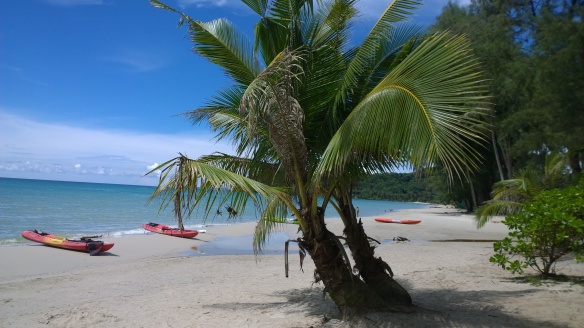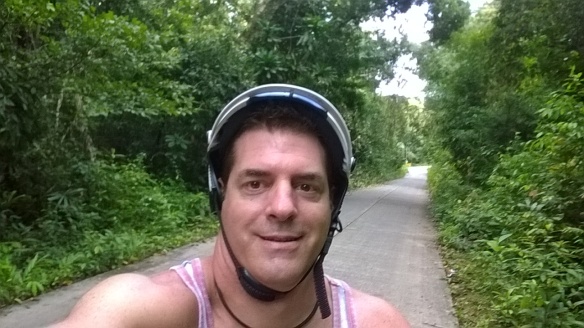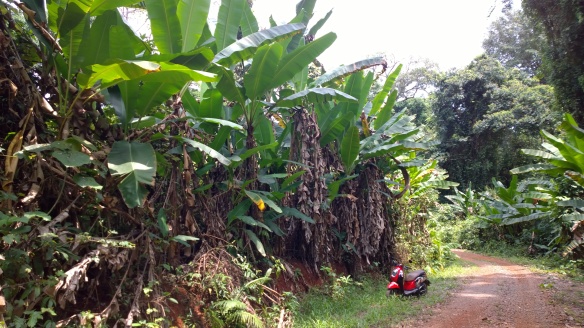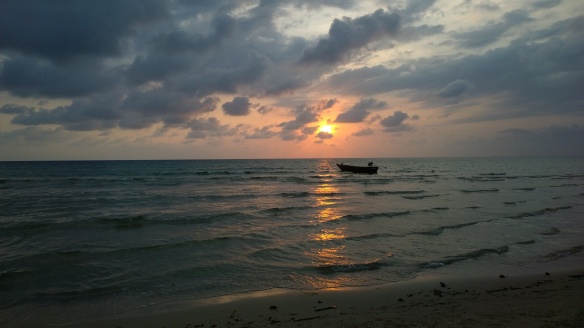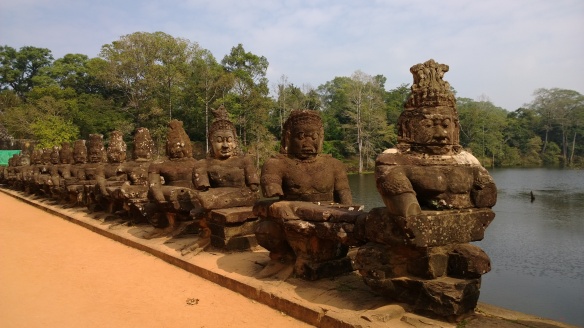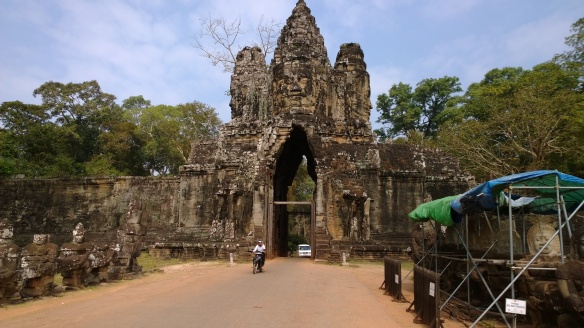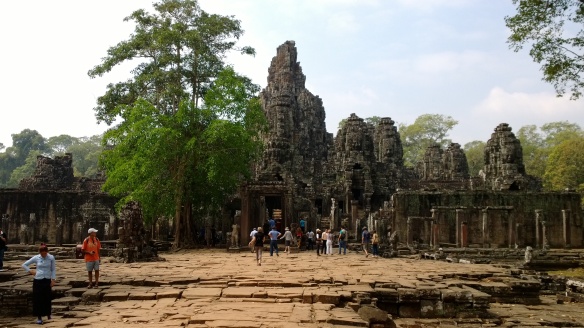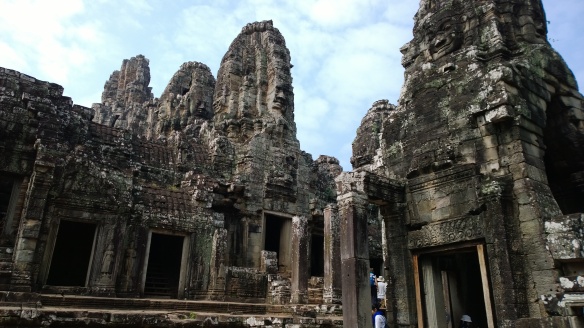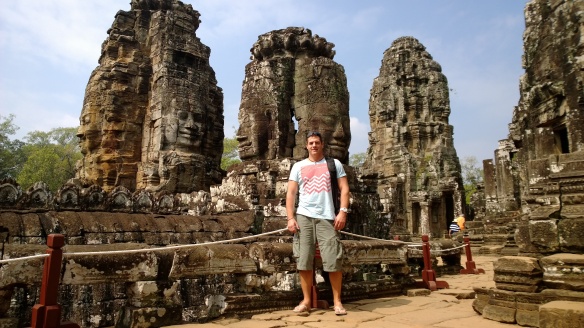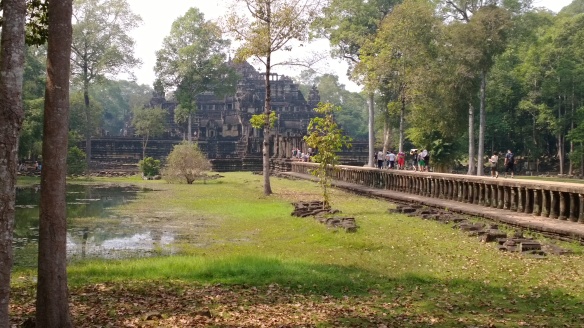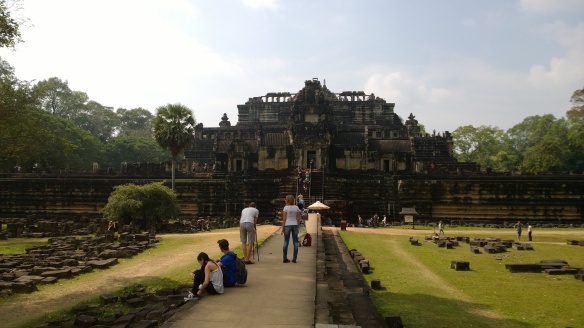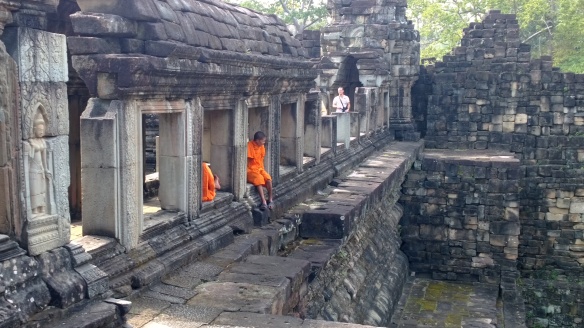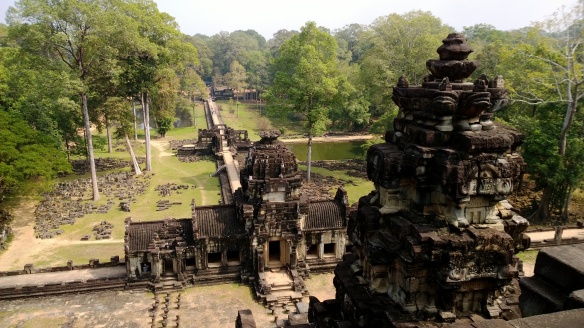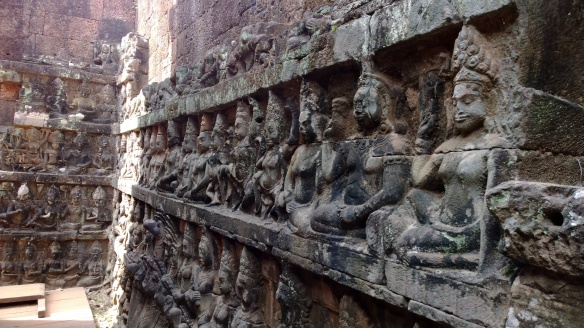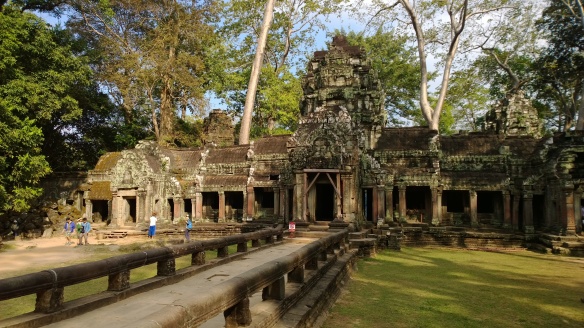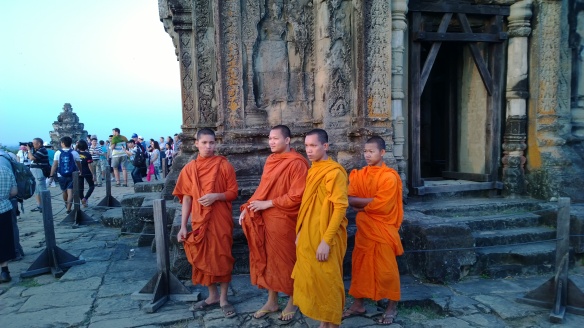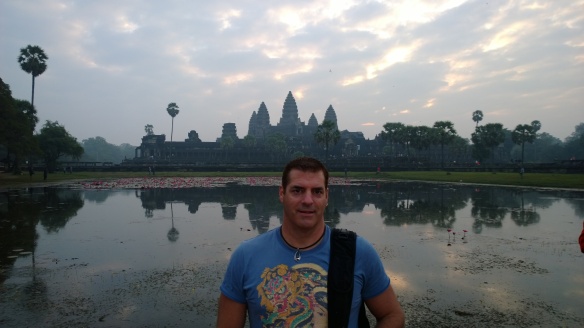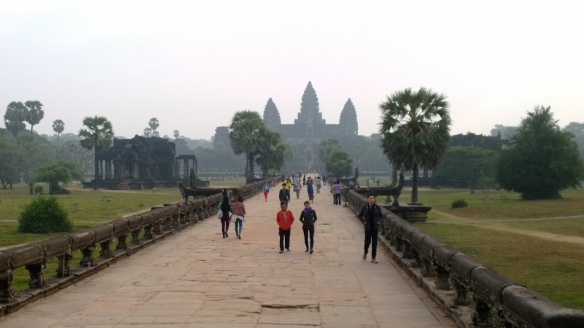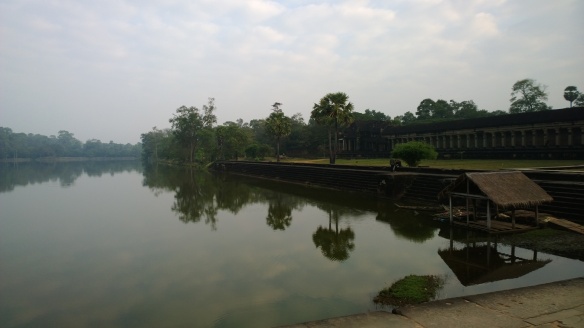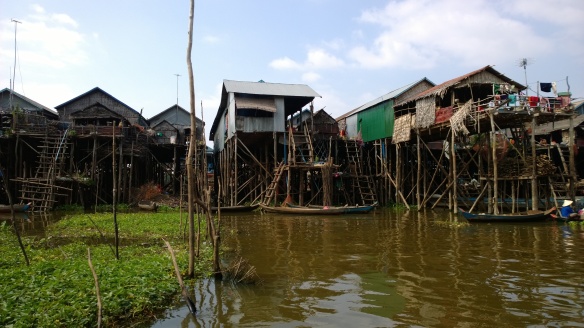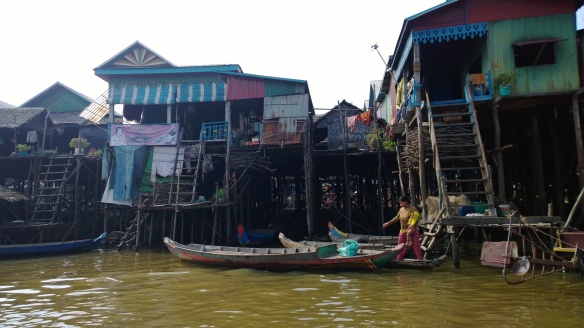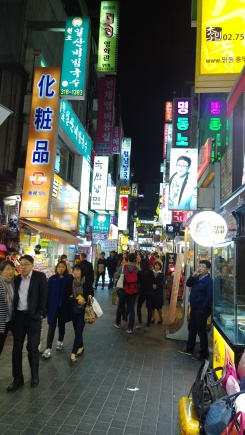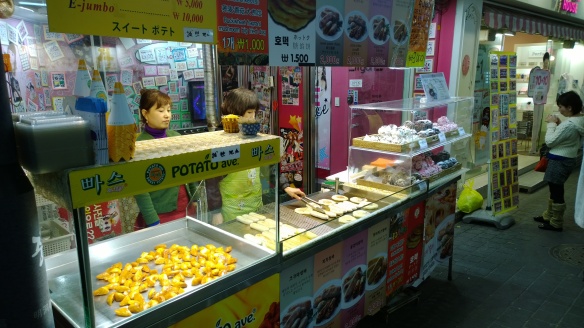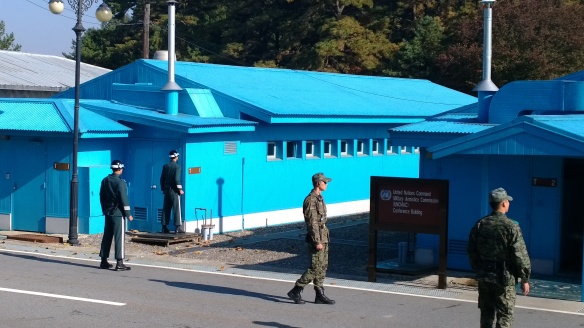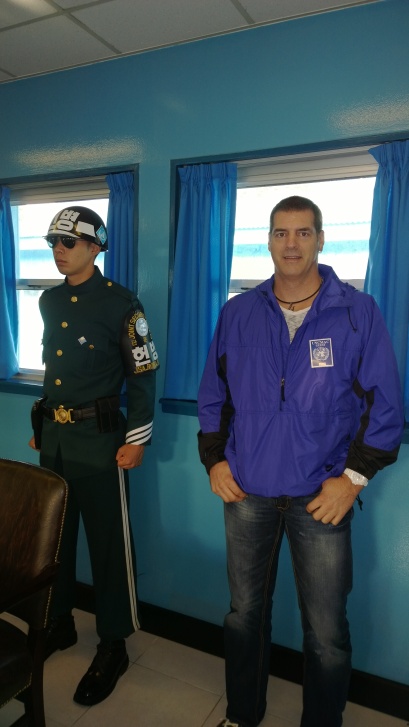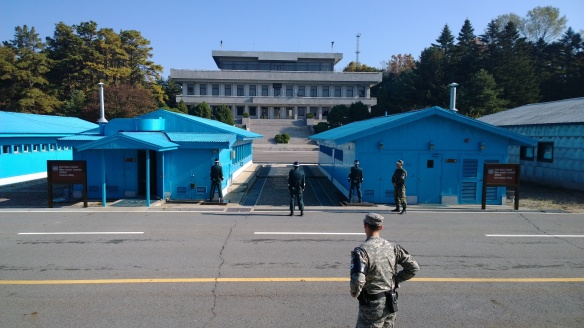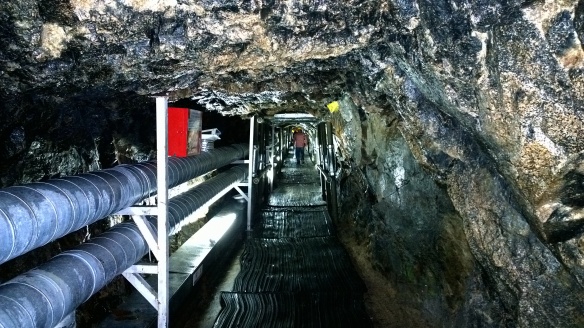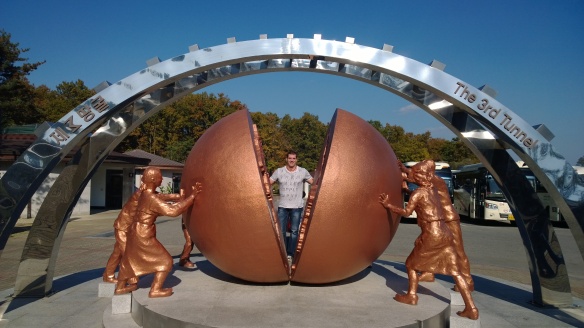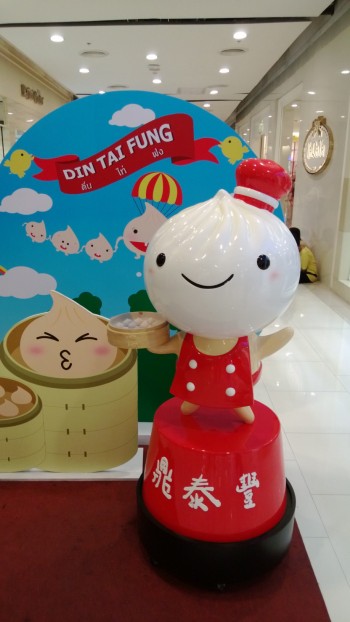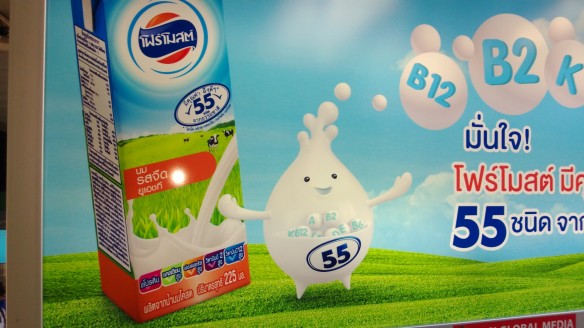Thailand has a lot of public holidays during the months of April and May. So those tend to be the months when most people take long holidays (“vacations” for my American friends). I had planned to take a week off work in April to go somewhere new. But typical of me, I got busy at work and kind of waited until the last minute before deciding where to go. Literally 2 weeks before my holiday was to start, I still had nothing booked and didn’t even know where I was going to go. So one night I realized I couldn’t put it off any longer and just booked a flight to Sri Lanka!
Why Sri Lanka? Honestly I have no idea. I had a couple friends that I recall had gone there over the past year and I’d seen a few of their pics posted on Facebook and it looked nice. So I figured what the hell, might as well give it a try. And it’s only a 3.5 hour flight from Bangkok so I figured it can’t be too bad. J
It turned out to be an absolutely fantastic holiday – stunningly beautiful country, very diverse landscapes, new and interesting culture, very nice people, great food, and great beaches. Pretty much “ticked all my boxes” for what I enjoy.
For a brief geography lesson if you’re not aware, Sri Lanka is a large island country off the southeast coast of India, in the Indian Ocean. It traditionally hasn’t been a popular tourist destination due to a long-running civil war within the country. That war ended within the last 4 or 5 years, and it’s only been since then that tourism has started to surge.
I flew into the capital, Colombo and spent a night there. I didn’t get out to see much of Colombo other than a very long drive in a taxi thru the city to get to my hotel along the beach. There is nothing really distinct or interesting about Colombo, in my opinion (and the guide books seem to agree with me). But it is a good “beginner’s guide” to India, albeit a bit more clean and not as chaotic as India is from what I’ve heard.
A common way of traveling thru Sri Lanka is to just hire a driver for the duration of your trip. You pay a flat (negotiated) rate, and he will drive you each day in a car to your destinations, stopping along the way at interesting spots or wherever you want, pointing out landmarks and sights, and talking as much or as little as you want. At night, the driver stays in dorm rooms with other drivers either at your hotel or at other designated dorms for drivers. I hired a driver for my first 3 days, and he was a great guy to travel with.
Our first day, we drove from Colombo to the southern-center part of the country, at the top of a mountain peak about 8,000 feet above sea level. Our first stop along the way was at an elephant orphanage. They say it’s a place where they rescue and rehabilitate elephants, and there is probably some of that that happens there, but to be honest it really is more of a tourist attraction. But it is a large place with 80+ elephants, mostly free to walk about in large open areas. And I was even able to walk in amongst them and pet them. I’ve seen a lot of elephants in Thailand and throughout Southeast Asia, but the Sri Lankan ones were different and interesting in their own ways.
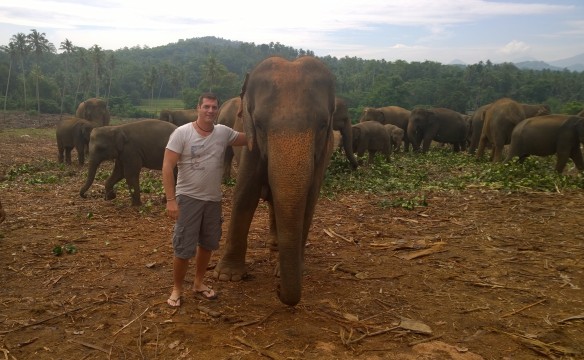
Me in the herd of elephants at the elephant sanctuary.
Later in the morning, the staff walk the elephants down to the river for some play time and cooling off. It was fun to stand near the bank of the river and watch all the elephants hanging out in the water, spraying water with their trunks, and then scooping and throwing dirt on their backs (I think to prevent bugs from bothering them).
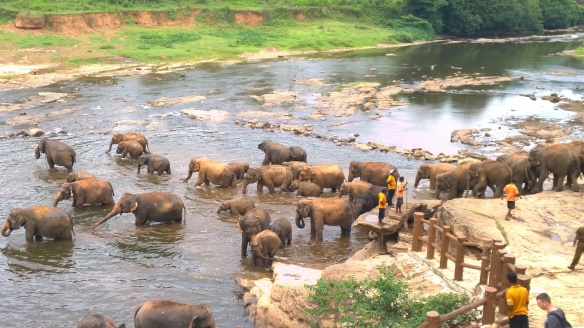
Elephants from the elephant sanctuary cooling off and playing in the river
From there, we drove to Kandy. Kandy is a town that once was the capital of Sri Lanka. The main thing to see in Kandy is the “Temple of the Tooth”. This is a Buddhist temple which houses one of the teeth of Buddha. There are only a couple of physical relics of Buddha in the world, and this is one of them, so it is a popular and very revered place for Buddhists to visit. I didn’t actually get to see the tooth (they only show it I think at certain times of day), but it was still a beautiful temple and interesting to see a few differences between the Thai and Sri Lankan Buddhist temple architecture, decorations, and offerings.
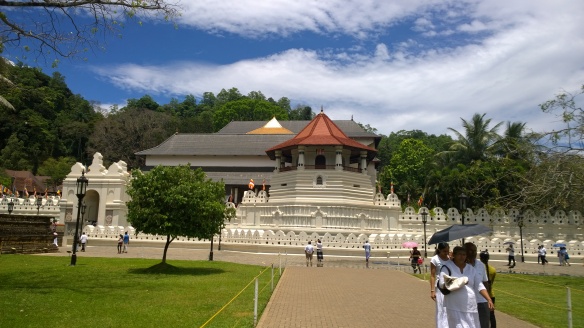
The Temple of the Tooth in Kandy.
After lunch in Kandy, we spent the afternoon driving up, up, up winding roads climbing higher into the mountains. It was interesting to watch the landscape change from lush tropical palm and other trees to a more temperate climate with large terraced fields of vegetables and other crops. As we got closer to the top, we began entering the massive areas of tea plantations. As far as you can see along the mountain road are bright green tea plants, looking like a perfect carpet following the curves and contours of the mountains. Absolutely stunning views!

Women in the mountains picking tea from the huge tea plantations
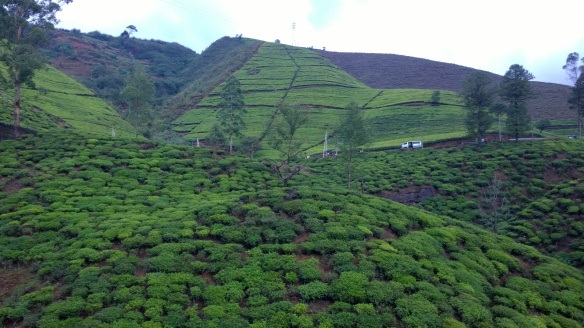
One small fraction of the tea plantations
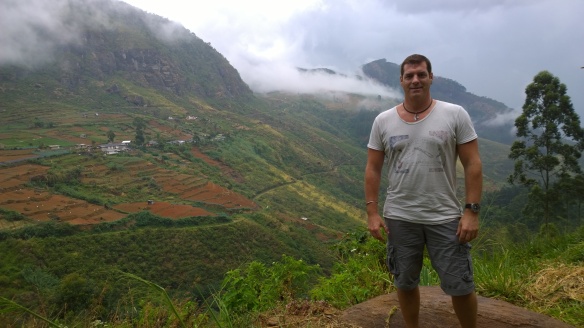
Me near the top of the mountain, over 8,000 feet above sea level
Near the top of the mountain, we went to one of the tea plantations to take a tour of the tea factory. It was an interesting tour. There’s frankly not a lot of steps in the tea-making process, but it was still fun to see the process and all the machines (many of them very old) used to dry and grind the tea leaves, separate the leaves from the stems and other debris, and then package and bag the tea. The most interesting thing I learned was that black and green tea are from the same tea plant – the difference is in the process (oxidation) used which determines whether it’s black or green type tea. Now you know.
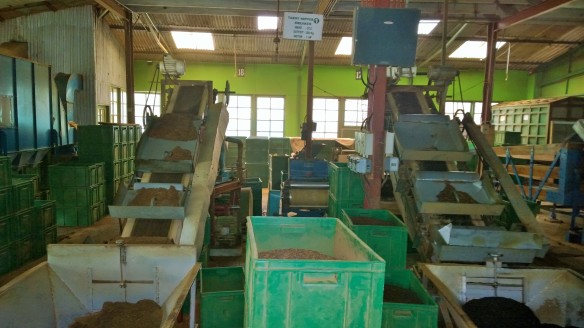
Inside the tea factory, old machines sorting, grinding and separating the tea leaves
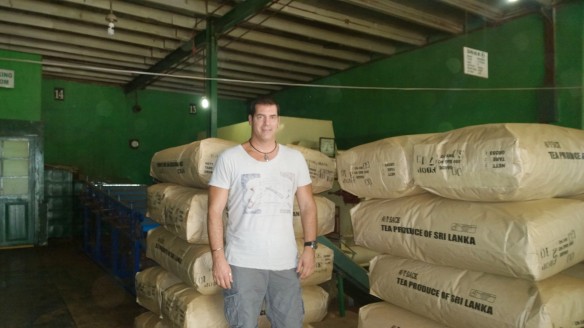
Me at the tea factory with the finished product
We ended the day at a small town called Nuwara Eliya at the very top of the mountain. It was a small town, with a very English look and vibe to it. I was pretty exhausted from the day so I didn’t get out that night to see the town but would have liked to have walked around a bit and seen more of it.
The next day we drove down the back side of the mountain. Like the previous day, it was a long, winding road down the mountain with stunning views of the mountain, rivers, waterfalls, fields of crops terraced into the hillsides, and small villages along the road. The further down the mountain we got, it returned to a more tropical landscape. We stopped at a few places along the drive: a huge and beautiful tree and plant garden, several waterfalls, a small town for lunch and a few other sights.

Beautiful mountain lake near the town of Nuwara Eliya. The scenery reminded me of my home in Montana.

A bluff overlooking the valley coming down the mountain. Difficult to see in the pic, but kids were out there playing cricket.
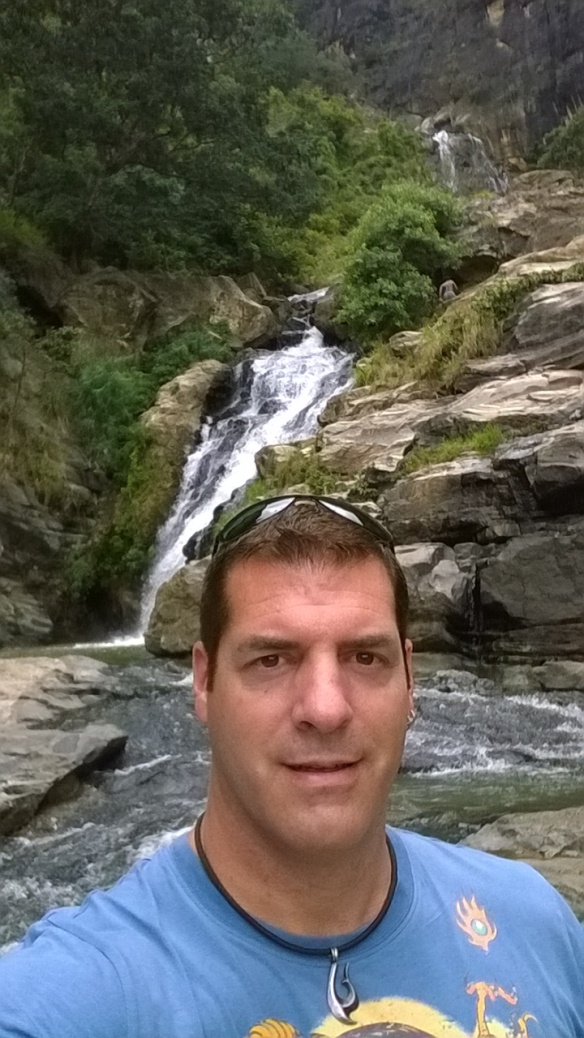
Selfie of me at Rawana Ella waterfall
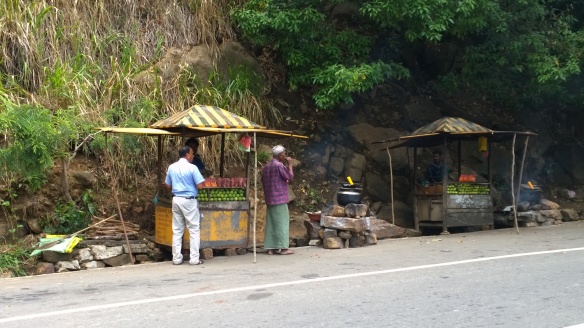
Small roadside stands selling corn, with a little fire and a kettle to boil the corn for you.
We ended the day at the southeast coast of Sri Lanka, in a town called Tissamaharama (aka “Tissa”). Tissa is just outside the Yala National Park. We had arrived in town in late afternoon, so we got on a safari jeep to go on a “safari” through the Yala National Park for the rest of the day. It was an interesting ride. The landscape quickly changed to a much more dry/arid feel, with few palm/tropical trees and more scrub brush and trees you’d typically think of in the African plains. We were in an open jeep going thru very bumpy dirt roads, and along with the landscape it definitely felt like we were somewhere in Kenya. Unfortunately, I can’t say that the wildlife was all that impressive. There were some wild elephants, but having been walking around right next to them the previous day, seeing them from a jeep in the distance wasn’t quite as exciting. There were a few crocodiles around a lake, and lots of water buffalo and wild boars. So those were kind of interesting, albeit not exactly exotic game animals. The primary attraction of the park is a spotted leopard, but we unfortunately never saw it. After about 4 hours of the safari, and the sun going down, we returned to town for the night.
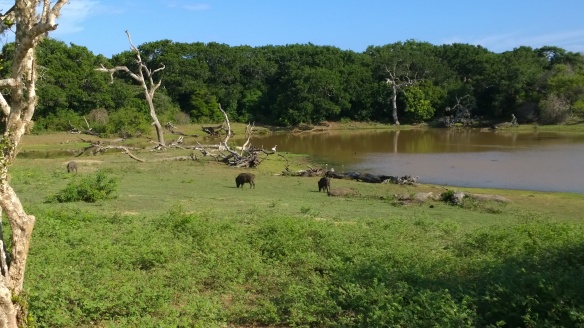
Some wild boars during the safari in Yala National Park.
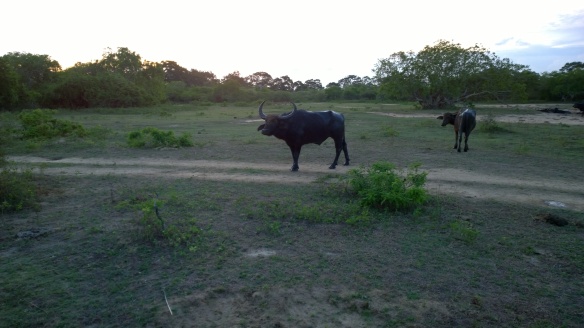
Water buffalo on the safari
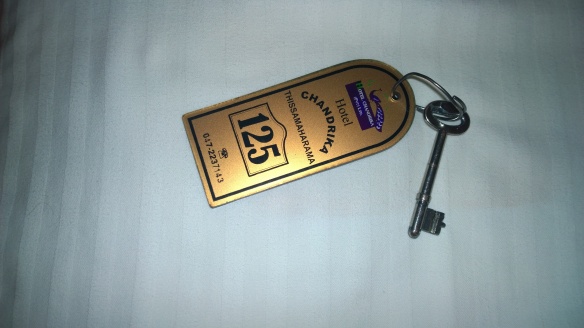
The hotel I stayed at near the national park still used skeleton keys for the door locks.
The next day we made a long drive along the southeastern and southern coast to the town of Mirissa. It was a stunningly beautiful drive, most of the way the road hugging the coastline with beautiful beaches. The biggest surprise to me was that the beaches went for miles, with no buildings, hotels, etc. built up on them – just clean, empty beaches with a few fishermen occasionally. I had planned to stay in Mirissa the next 3 days and nights, so I bid my driver farewell and transitioned to the “beach” part of my holiday.
I stayed in Mirissa at a small 6-room hotel run by an Aussie (originally Sri Lankan) guy and his Swedish wife. His wife was away so I didn’t get to meet her, but there were 3 other guys working there as staff, and it was probably one of the best places I’ve ever stayed. It was right on the beach, nice rooms with amazing views, and the guys were fantastic to talk to and incredibly helpful.
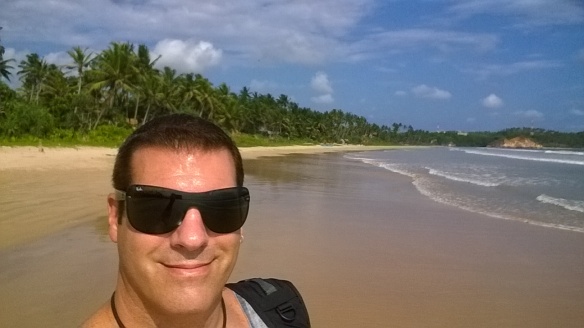
The beach just outside my hotel room. I walked for over 2km and never saw another person other than a few fishermen.
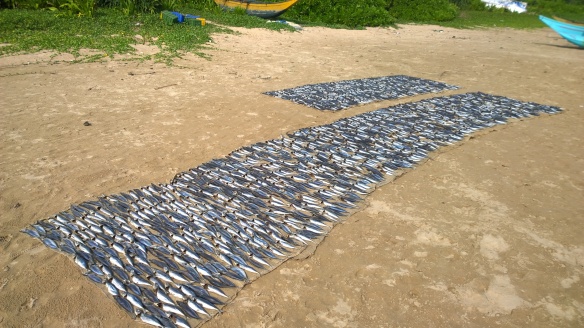
Rows of fish on bamboo mats drying on the beach. It looks cool, but the smell is a bit overpowering…
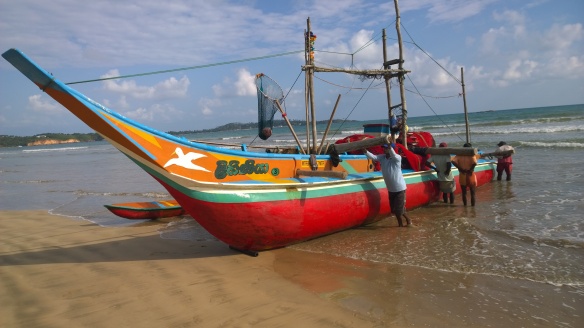
Fishermen bringing their boat in. They recruited me to help them push the boat way up on the dry sand… not an easy task!
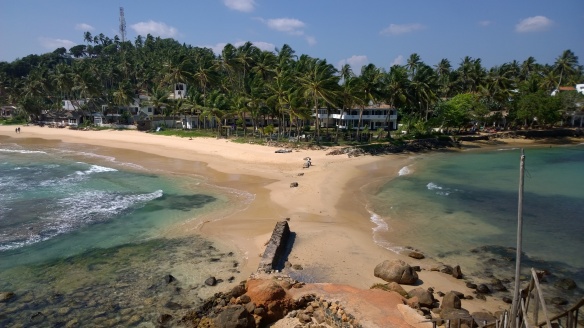
Beautiful Mirissa beach, where two ends of the beach meet
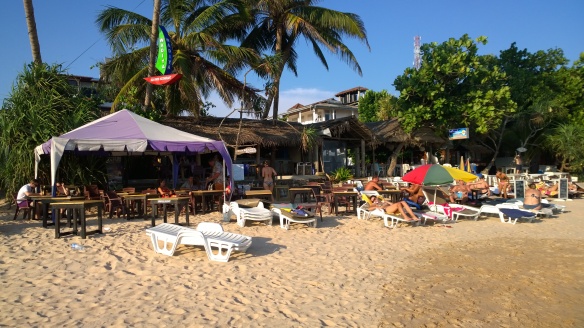
Great little food shacks along the beach
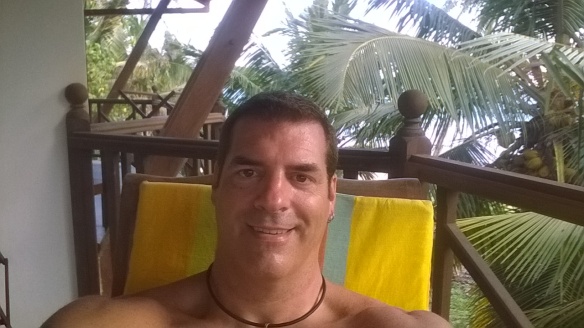
Me on the balcony of my room at the beach… feeling relaxed

Breakfast… with the beach just a few steps away. Every day should start this way!
I went on a whale-watching trip early the next morning. In all the years I lived in Seattle, I never went on a whale-watching trip (fairly common activity in Seattle). It turns out I’m clearly not a whale-watching kind of guy. It was fun to be on a boat in the beautiful ocean, but staring at the water waiting for a tiny bit of a whale’s back to come out of the water and blow some mist is about as exciting as watching paint dry. Nevertheless, I’m glad I did it once.

Fishermen heading out early in the morning, as I was heading out to go whale watching
The following day I hired a tuk-tuk to take me to the main city in the south called Galle. Along the way, we stopped at a cool turtle farm, as well as a few small towns and an area where the “stick fishermen” are. The stick fishermen perch themselves on these high bamboo sticks in the water and fish below them. It’s an interesting way to fish for sure. Although to be honest, I think the days of actually fishing are long gone. I’m pretty sure these guys were just sitting there waiting for tourists to take pictures of them, and then asking for money. I didn’t see any fish being caught, or even any fish in the water.
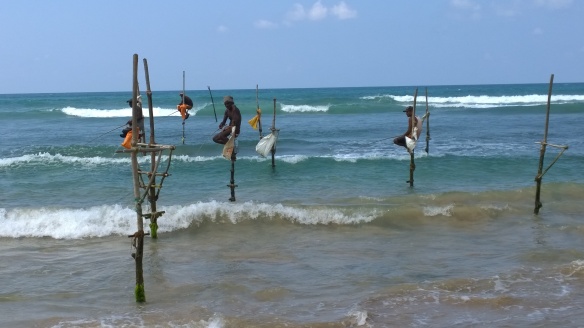
The “stick fishermen” near the town of Galle
In Galle, there is an old Dutch fort at the very southernmost tip of Sri Lanka. It’s an amazing fort, with a large town inside and incredible views out to sea from 3 sides. I spent a couple hours just walking around, exploring and checking out the shops in the town. Overall it was a fun day trip.
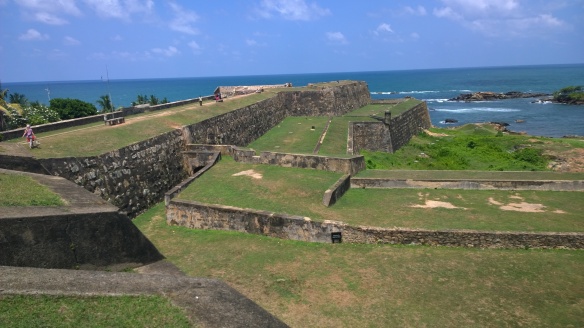
The Dutch fort in the town of Galle
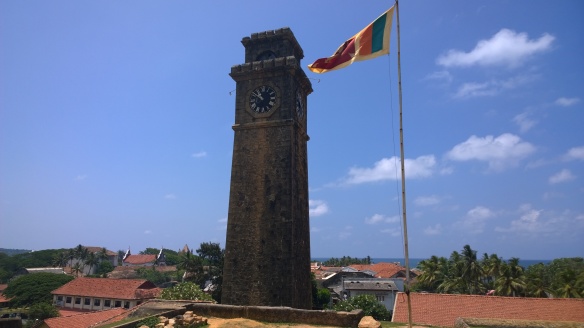
The clock tower at the fort

Kids jumping off a rock into the crystal clear water just outside the Dutch fort
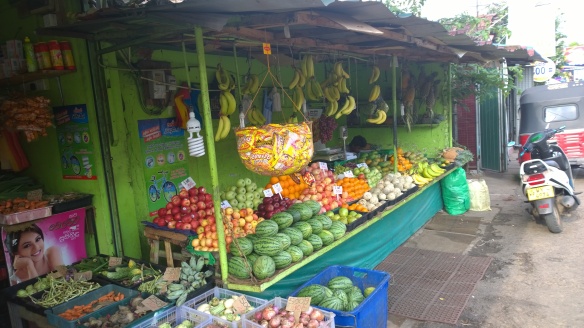
One of the millions of colorful roadside fruit stands
The following day I hired a driver to drive me back to Colombo. It was a long drive, in an old van, but the driver was super fun to talk to. He was so full of energy, loved talking about his family, what it was like growing up in Sri Lanka, and some of his funny stories of driving other tourists around. I asked if he was there when the tsunami hit in 2004. He told me the story of that day from his perspective and it was one of the most gut-wrenching stories I’ve ever heard. He had gone to the beach to buy some fish for the day, and was walking along the road near the beach when the first wave hit. He got washed up in the water until he managed to grab on to a palm tree and hold on thru the current and debris of the rushing water. After the first wave subsided, he climbed further up in the tree and held on thru the second wave. He told me about the screams he heard of people, the bodies of people washing by him, the friends that he lost that day, and the incredible devastation afterwards. I’ve heard some personal stories of the tsunami from Thai people I know that experienced it in Phuket, Koh Lanta and Phi Phi islands, and the stories are all similar and heartbreaking.
I spent my last night back in Colombo on the beach before returning to Bangkok the next day. Overall, Sri Lanka was a fascinating place to visit and I absolutely want to go back again and see more of the country. If you’re looking for a holiday that’s something different from Southeast Asia, I’d highly recommend Sri Lanka!

There was a Catholic church next to the hotel on the beach I stayed at my last night in Colombo. They were doing the stations of the cross, with concrete crosses in the sand. If my church was on the beach like this, I probably would have been more happy to go when I was a kid!


